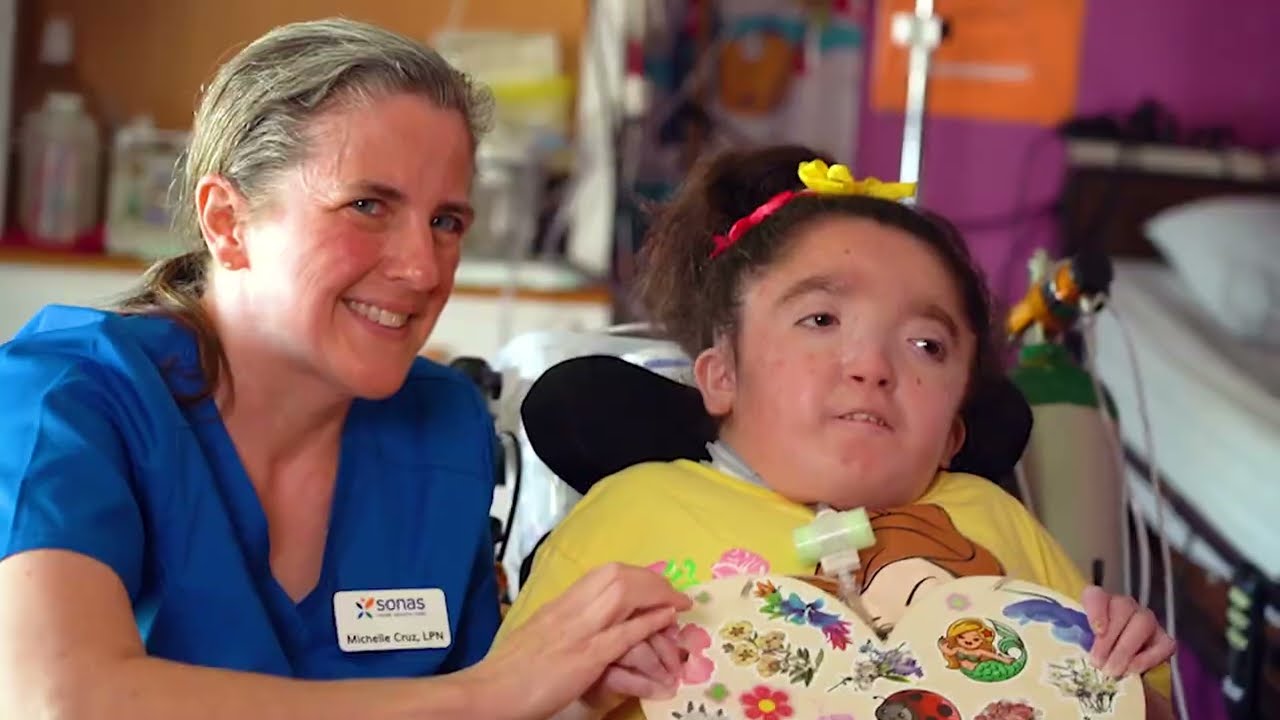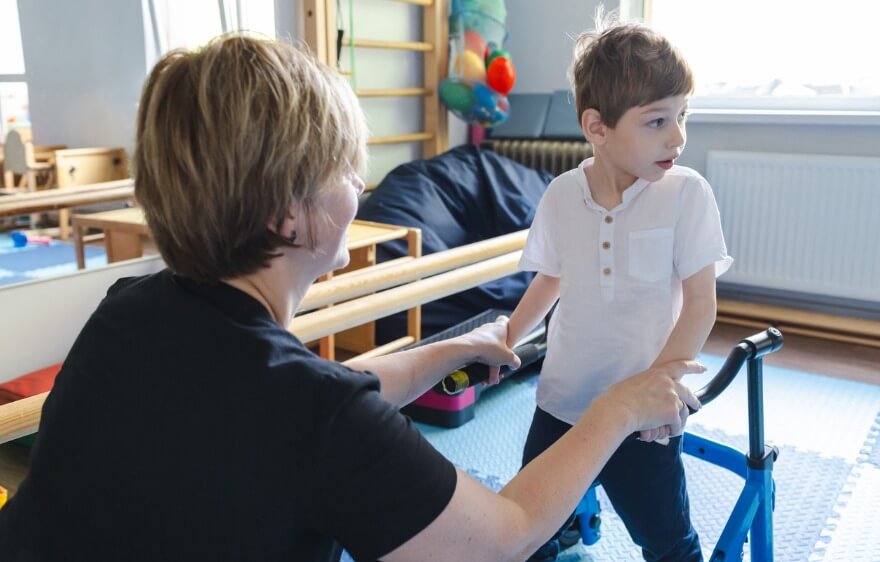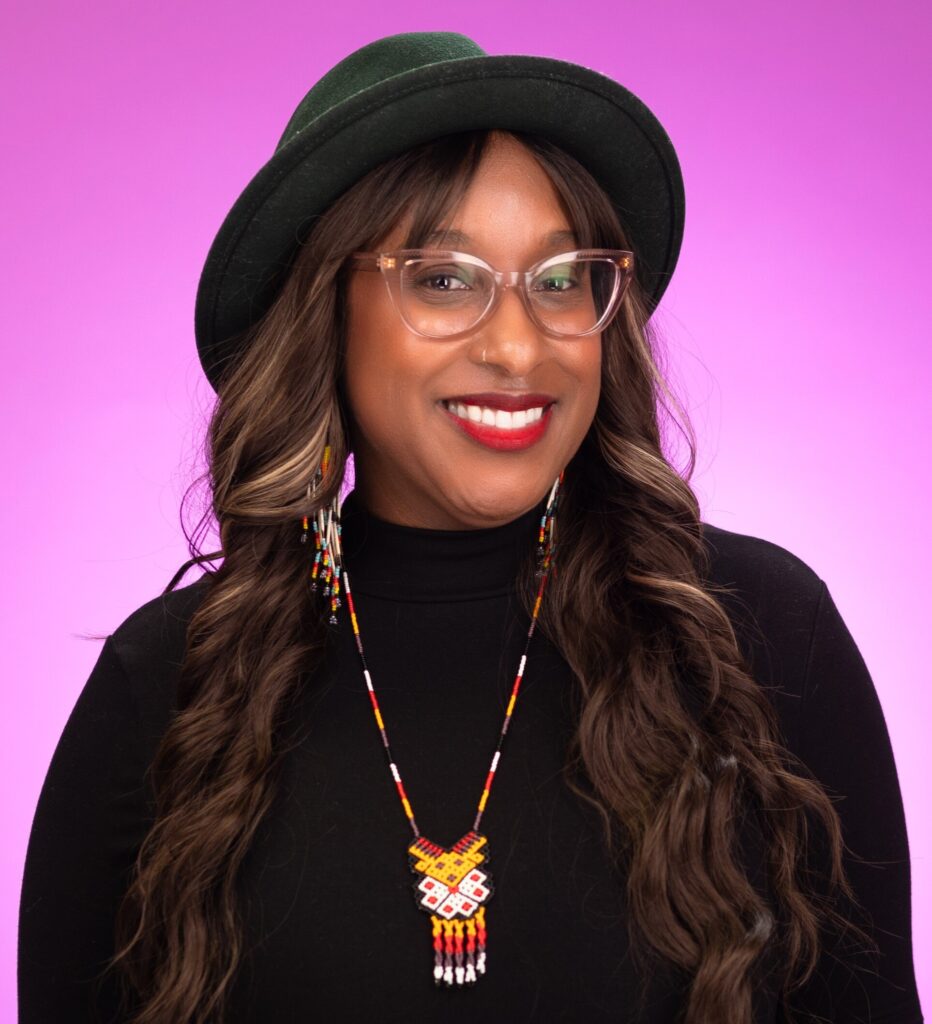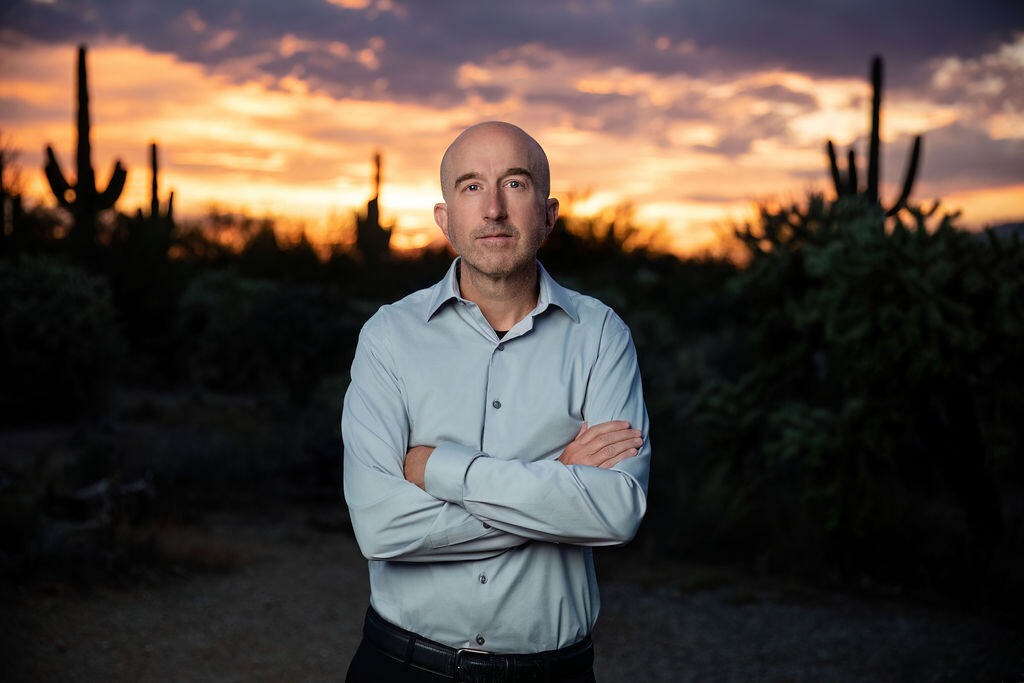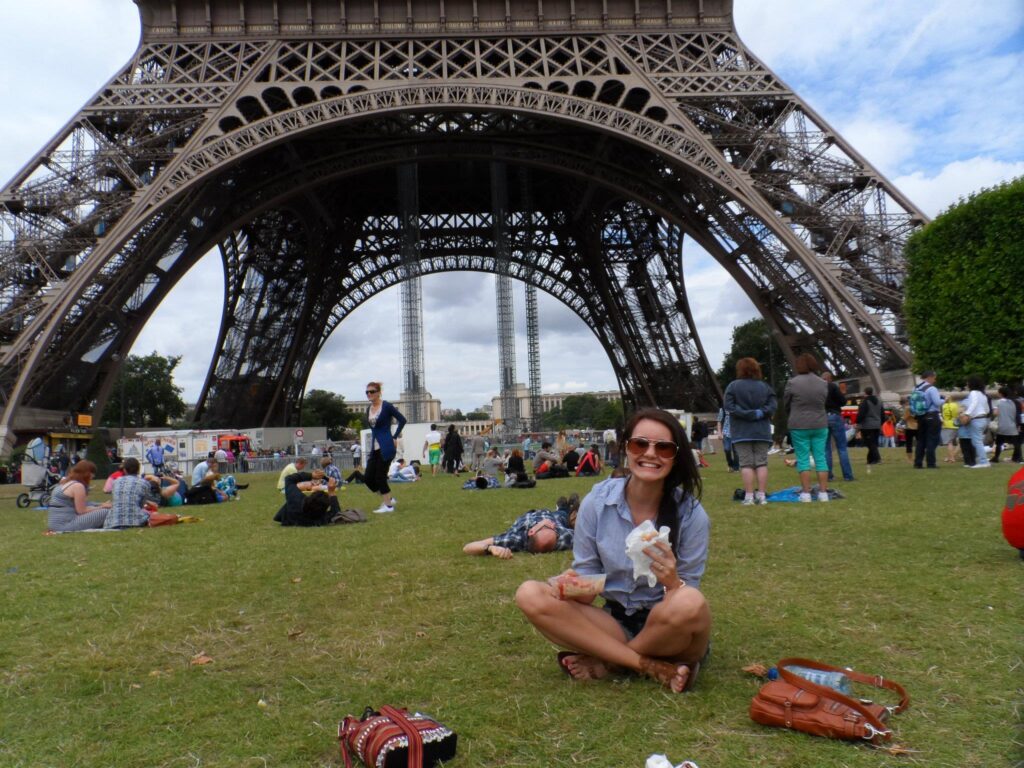When Michelle first began caring for Jaydyn, her body was stiff and inflexible. Her muscles were rigid and only capable of working in one direction.
“When I would pick Jaydyn up, she would be like a piece of wood or a statue. And the first time that I picked her up, and she bent in the middle, and felt more like a child — that was just amazing to know that I had helped her get there.”
Michelle, an 11-year nursing veteran, has been working with Jaydyn for four years to increase her range-of-motion, increase her flexibility, and help her brain recover. Jaydyn became paralyzed after suffering a respiratory failure and subsequent lack-of-oxygen to her brain.
Michelle supports all of Jaydyn’s ongoing needs, including her trach and her feeding pump, which is how she receives all her medications and food. She also goes to school with her.
“We get on the bus together, and then grandma brings us home in the van. Sometimes we go to therapy together.”
Michelle has seen Jaydyn’s communications skills improve thanks to a device that doesn’t require motor control in her arms. The machine allows her to navigate through words, pages, phrases, and even play games by tracking her eye movements.
“When you ask her questions now, she’s a lot quicker to answer, even if it’s just look this way or look that way. She’s just really starting to be more interactive. It’s wonderful.”
Despite communication barriers, they’ve gotten to know each other. Jaydyn always notices when Michelle is away and is happy upon her return. They enjoy spending time together.
“I love Jaydyn’s smiles. Yeah, that’s one of the best things about doing this — seeing her smile.”
Michelle came to home healthcare, because it allowed her to help people and was also practical for her family. She enjoys getting to know her patients in a way that you just don’t get working in a traditional nursing setting.
“I love working with children, and I like home health, because I can spend more time getting to know the children and doing more with them than I could in a facility.”
Michelle prefers home health, because she doesn’t have to divide her time between multiple patients, passing out medications, answering questions, and calling doctors. She was especially pleased to discover the unique benefits offered by Care Options for Kids.
“I love that Care Options for Kids has benefits. I didn’t have benefits before, so it’s very nice to have benefits. The health insurance, retirement plan — those things that I’m very happy about, and the flexible scheduling.”
Michelle was also grateful for her home health job when COVID hit. While there were some new protocols, the overall changes to her routine were minimal.
“During the pandemic, we stayed home. We did schooling online. My income didn’t change, and my stress level didn’t go up, because I only had to take care of Jaydyn.”
Michelle’s favorite things about being a home caregiver are getting to know her patients on a deeper level, spending a lot time with them, and the flexibility. She values these things, because she’s worked in environments without them.
“I started off in assisted living. I worked in an Alzheimer’s building, and then again in rehab and long-term care. I’ve worked in all of those, but I always had a love for children. I was actually a nanny before I was a nurse. So, a friend of mine was doing pediatric home health, and I decided to try that.”
Another thing she appreciates these days is the supportive staff at Care Options for Kids and their easy documentation system, ContinuLink.
“I can have that on my phone or my tablet, and it’s very convenient. It’s easy to document, because a lot of it is already programmed in, and you just select the appropriate answers.”
This system is imperative, because it allows Michelle to focus on what matters: supporting Jaydyn.
When Michelle arrives, Jaydyn isn’t the only one who’s happy to see her. Her grandmother and primary guardian, Linda, feels a great sense of relief knowing she’s supported in her care.
“I’ve got two great nurses now. Michelle, she’s been with me for four years. She’s been the best. If it wasn’t for her, I’d have nobody.”
Linda has been taking care of Jaydyn since she was a baby. At that time, her problems were all related to chromosomes. When she lost oxygen to her brain, it was a big setback for them both.
“Before that, she used to ride a bike, and she used to do all kinds of stuff, and now she just doesn’t.”
After that, Jaydyn attended a daycare for medically ill children. But when COVID hit, they decided to keep her home. However, with a full-time CNA job of her own, and a grandson at home as well, Linda had a tough time doing it by herself. She’s grateful for the opportunities her home caregivers have given all three of them.
“I can actually do things now, you know, because I have more time, because they’re here. Even at nighttime, I can go to the store.”
Being a CNA means Linda knows the value of finding a great nurse. She’s utilized many over the years from many agencies. She advises finding one that’s a perfect match for you. Care Options for Kids encourages that by doing meet-and-greets at the patient’s house to see if it’s a good fit.
“You’ve got to have the nurses that are compatible with the child. That’s the key thing. If it’s going to work out, you know, and you’ve got to have a caring heart…to take care of these special kids.”
Linda refers to nurses as her backbone. They share the job that she was previously doing alone. She used to wake up at 4 a.m. to get Jaydyn up, dressed, and ready to leave by 6 a.m., but now Michelle does all of that.
“She’s family. That’s the way it is. I mean, she’s — you know, she’s done a lot for me.”
Linda relies on Michelle during the day and another nurse overnight. The two nurses share patient updates on their phones, so all she has to do is update them on the two-hour gap between shifts.
“It’s convenient, you know? But the impact — if it wasn’t…for them…I’d be a homebody, and I’d have nothing.”
